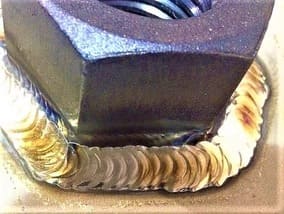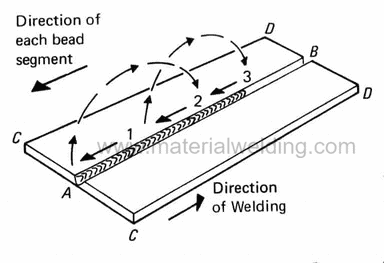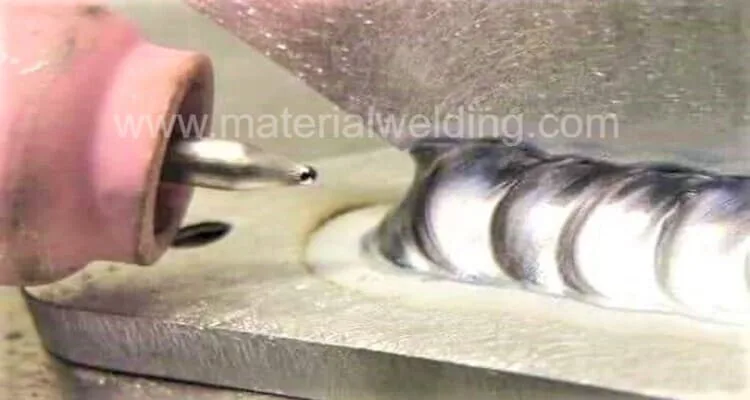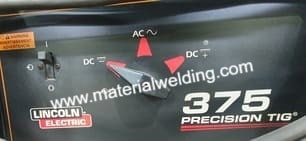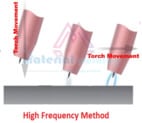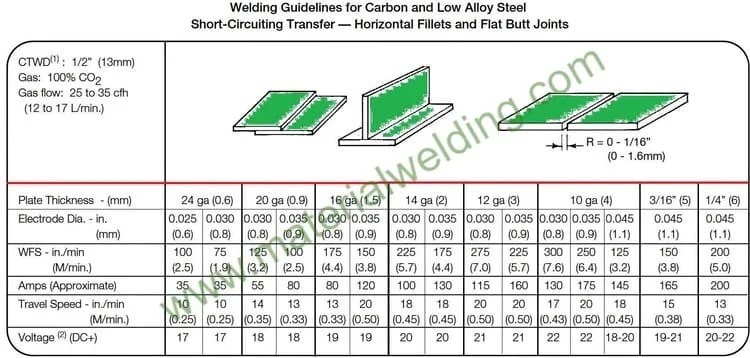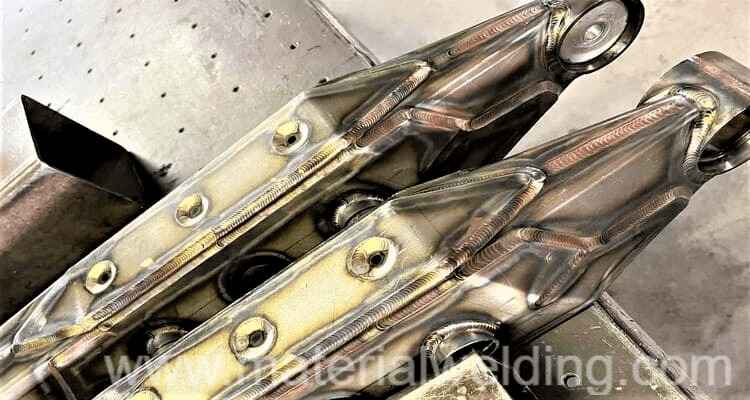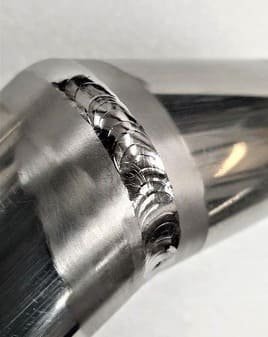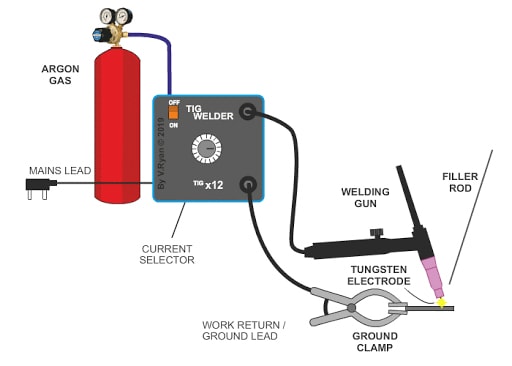How to Weld TIG welding: Steps
TIG welding, also known as Gas Tungsten Arc Welding (GTAW), is a welding process that uses a non-consumable tungsten electrode to produce the weld.
TIG welding is commonly used to weld thin materials, such as aluminum and stainless steel, and is considered to be a precision welding method.
Steps to perform TIG welding for Beginners
How to Weld TIG welding: Step 1
- Prepare the materials to be welded by cleaning them and ensuring they are properly aligned.
- Set up the TIG welding machine, including selecting the proper welding settings and connecting the argon gas supply.
How to Weld TIG welding: Step 2
- Insert the tungsten electrode into the welding torch of the TIG welder.
- Adjust the length of the tungsten electrode. The tungsten electrode should only look out as far as the diameter of the tig torch nozzle is.
- Attach grounding (earthing connection) to the workpiece.
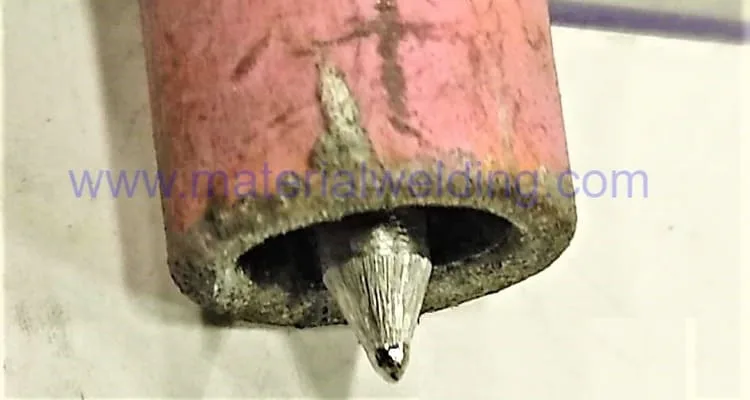
How to Weld TIG welding: Step 3
- Set the starting voltage & amperage.
- Hold the handpiece vertically at a 90° angle to the workpiece and tilt it at an angle of 70° against the welding direction.
- Start the weld by striking an arc between the tungsten electrode and the workpiece (if using scratch start tig).
- Make sure that the color of the core welding arc changes from green to reddish.
- Only then add the filler material.
How to Weld TIG welding: Step 4
- Guide the welding torch evenly in the direction of the weld seam and also feed the filler material (wire) so that the melting droplets of the wire (filler material) bond with the melt of the material to be welded.
- Pause the welding process if the workpiece gets too hot.
- Keep the arc length consistent, and maintain a steady pace to avoid overheating the metal.
- Once the weld is complete, turn off the welding machine and let the metal cool.
- Inspect the weld for any defects and make any necessary repairs.
Ignition of the arc during TIG welding
Igniting the arc during TIG welding is the initial step in the welding process, and it involves striking an arc between the tungsten electrode and the workpiece. There are several methods for ignition, including:
Read my this article in to know in depth about TIG Welding arc ignition methods.
- Scratch start: This method involves using the edge of the tungsten electrode to scratch the surface of the workpiece, creating a spark that initiates the arc.
- High-frequency start: This method uses a high-frequency generator to create an electrical spark between the electrode and the workpiece, which then initiates the arc.
- Touch start: This method involves briefly touching the tungsten electrode to the workpiece to create a spark, which then initiates the arc.
Once the arc is established, the welder must maintain a consistent arc length, typically around 1/8 inch, by adjusting the distance between the tungsten electrode and the workpiece.
Tips for TIG welding – you should pay attention to this
It is important to note that TIG welding requires a high level of skill and practice to master.
It is also important to wear proper safety equipment, such as a welding helmet and gloves, to protect yourself from the intense light and heat of the welding process.
No. 1: Tungsten Electrode Preparation
Pay close attention to the Tungsten Electrode Preparation. A blunt Tungsten Electrode produces a wider arc than a pointed Tungsten Electrode.
If a focused welding arc is required, the Tungsten Electrode can be reground.
However, this should always be ground only with the longitudinal direction, never against the longitudinal direction, otherwise an uncontrollable arc occurs.
Read more: How to correctly grind the Tungsten Electrode for TIG Welding.
No. 2: Consider heating the workpiece before you add Filler wire
During TIG welding, the material heats up. Therefore, it takes a little longer at the beginning for the material to melt. If the workpiece is hot, it melts faster.
When welding, make sure that you adjust your speed accordingly in order to maintain a uniform welding result.
If necessary, it is advisable to stop the welding process and take a break until the workpiece has cooled down a little. This will help to prevent weld burn through.
When is TIG welding used?
TIG welding is commonly used in a variety of applications that require precision and high-quality welds. Some examples include:
- Aerospace and aircraft manufacturing: TIG welding is often used to weld lightweight, high-strength alloys used in the construction of aircraft and spacecraft.
- Automotive and motorcycle manufacturing: TIG welding is used to weld thin-walled, high-strength steels and aluminum used in the construction of cars and motorcycles.
- Medical equipment manufacturing: TIG welding is used to weld stainless steel and other high-grade metals used in the construction of medical equipment such as surgical instruments.
- Food and beverage industry: TIG welding is used to weld stainless steel tanks and other equipment used in the food and beverage industry.
- Artistic welding: TIG welding is also used in creating sculptures and other artistic works.
- Repair work: TIG welding is ideal for repair work because of its precision and ability to weld thin sections of metal without warping or distorting them.
- In addition, TIG welding is also used in fabrication, maintenance, and repair of various other equipment and structures such as pipelines, heat exchangers, pressure vessels and many more.
TIG welding is always used when it is important to obtain a clean and uniform weld.
TIG welding is significantly slower than the MIG/MAG welding process.
Therefore, TIG welding is always used when the quality of the weld seam is in the foreground and is more important than speed.
How does a TIG welder work?
Before we look at how to properly apply TIG welding, let’s take a quick look at how a TIG welding machine works.
A TIG welding machine melts the underlying workpiece and the filler material used with the help of an arc emanating from a tungsten electrode and thus connects several metal parts with each other.
A shielding gas flows from the ceramic nozzle of the TIG welding machine, which surrounds the arc and the melt (the weld pool) like a bell and thus protects it from the gases of the air – primarily oxygen.
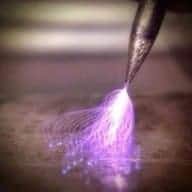
Inert gas escapes from the ceramic nozzle of the TIG welding machine and surrounds the melt and the arc.
The arc emanating from the electrode melts the material of the workpiece and the filler material.
Read more: Welding Gases for TIG Welding.
In most cases, argon – a noble gas that also occurs in the air – is used in TIG welding.
Argon used for TIG welding must be 99.996% pure argon to achieve high quality welds.
Moisture or gas with low purity will cause weld oxidation and result in poor quality welds.
Since the purity of the gas has a very high influence on the result, care should always be taken during TIG welding to ensure that there are no drafts.
What type of tungsten electrode should I use for TIG welding?
How do I choose the right filler metal for TIG welding?
How can I prevent porosity in my TIG welds?
To prevent porosity, make sure you are using a sufficient flow of shielding gas, keep the surface of the metal clean, and use proper technique when welding.
